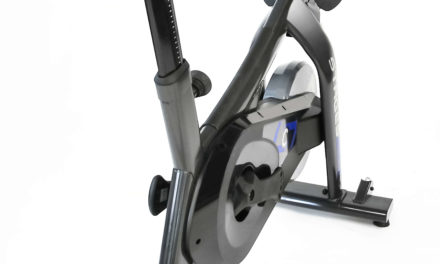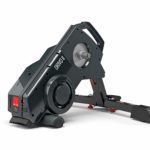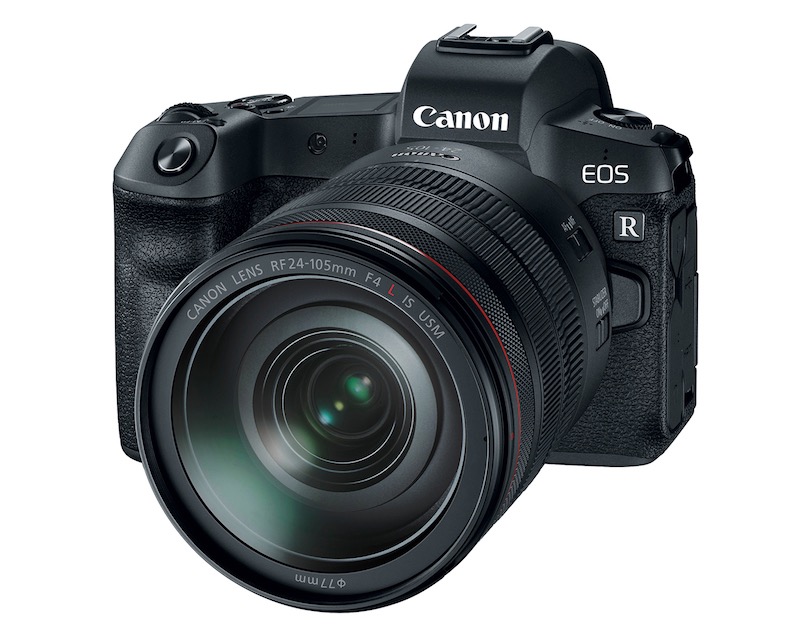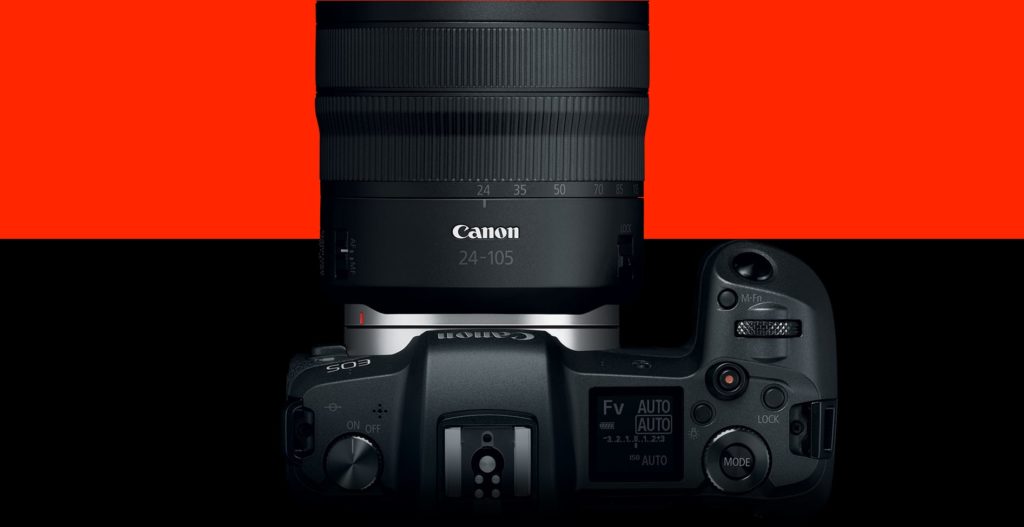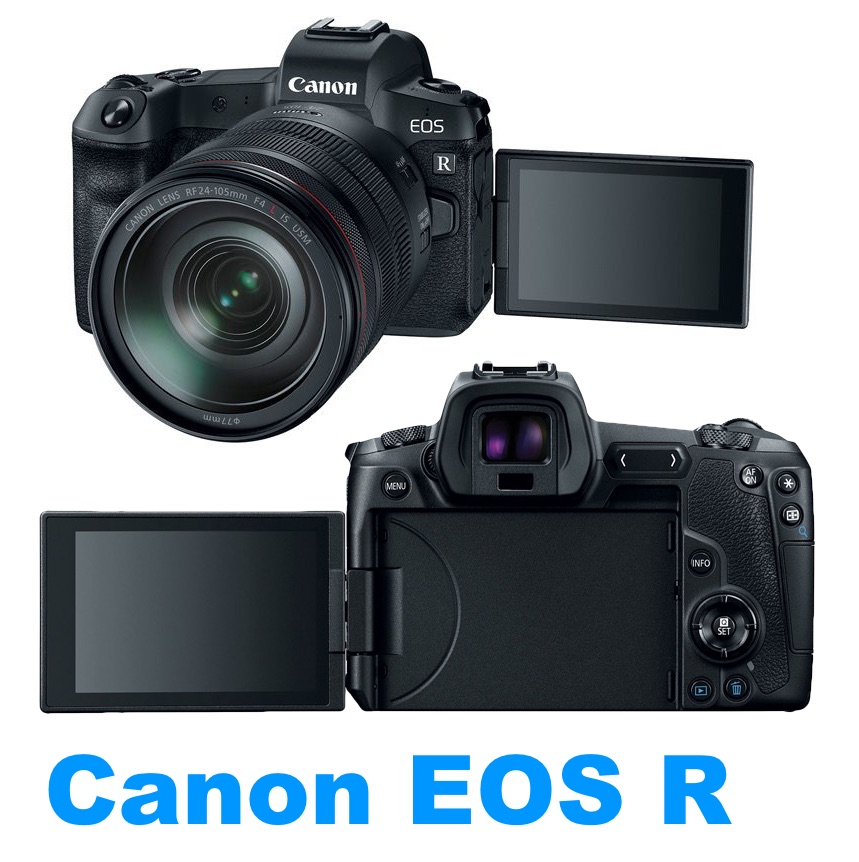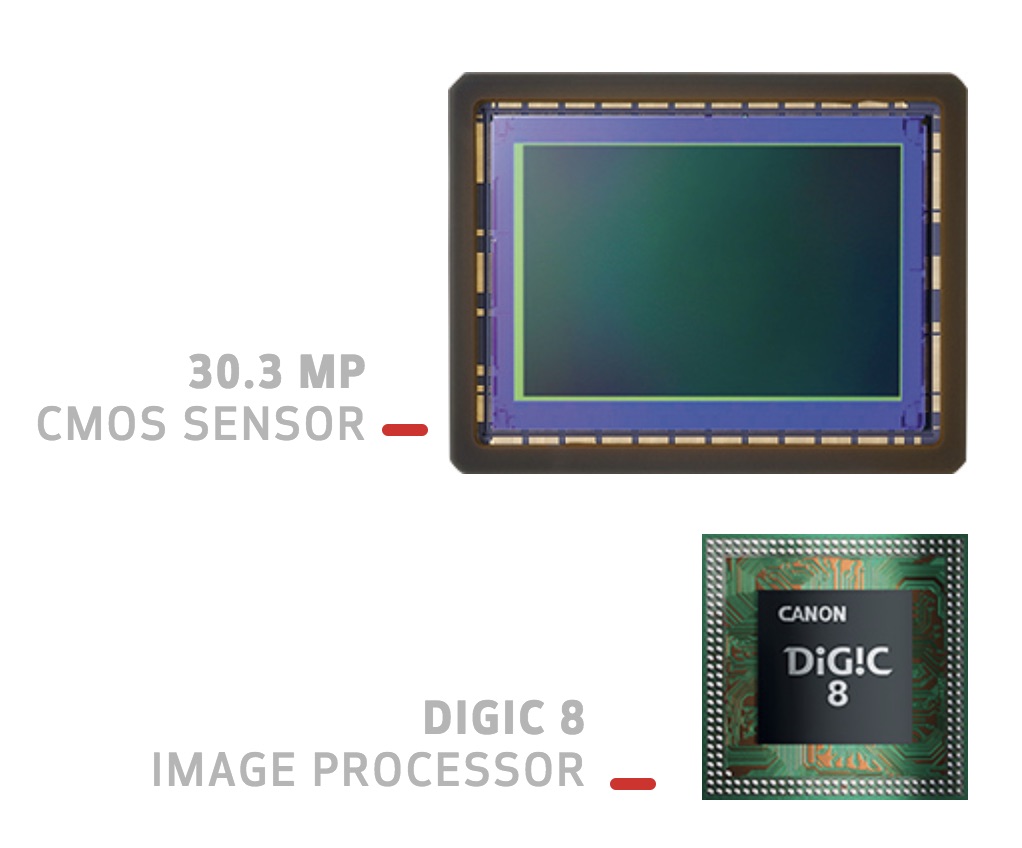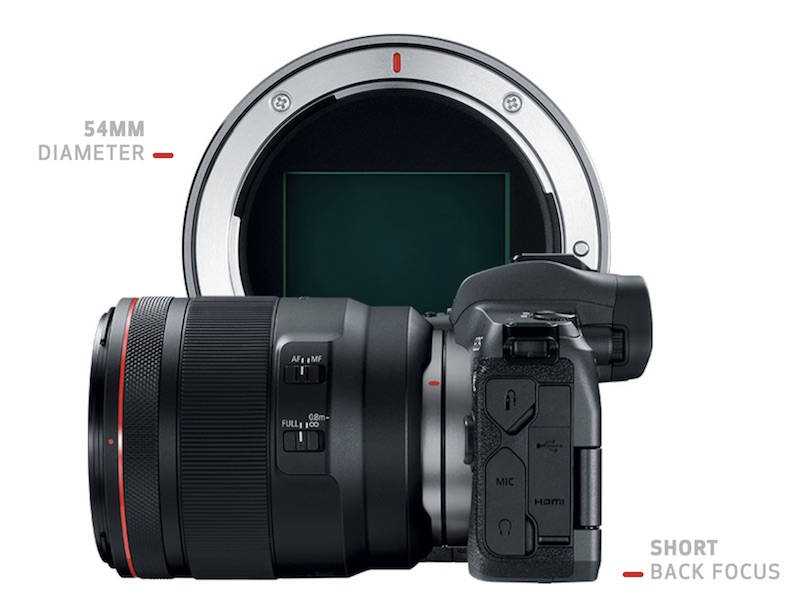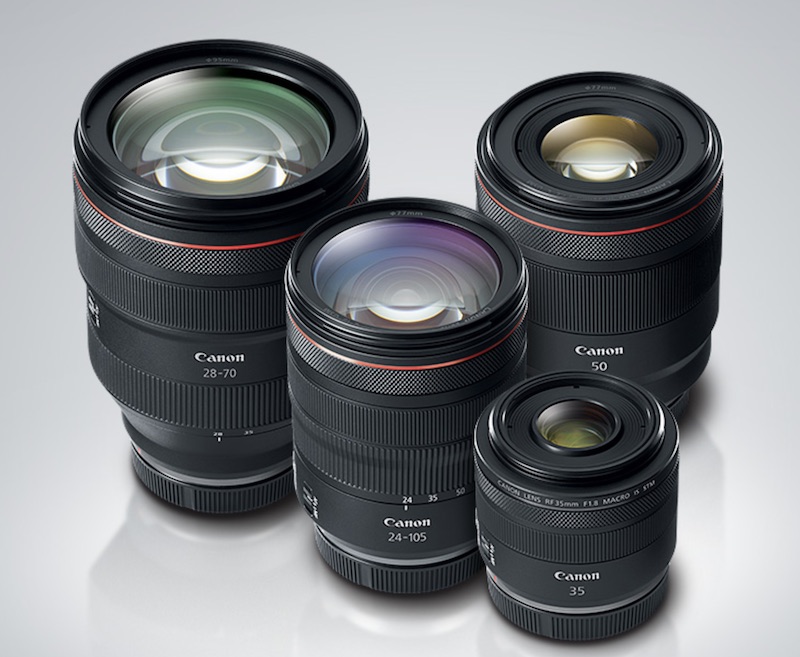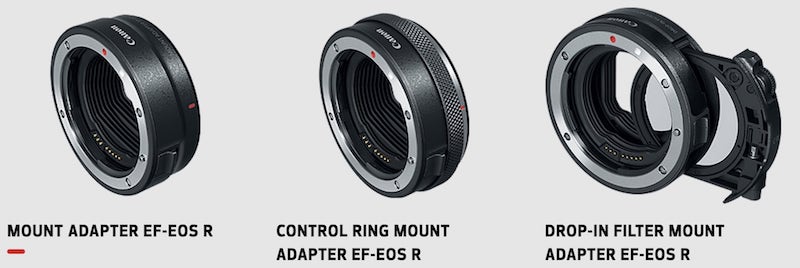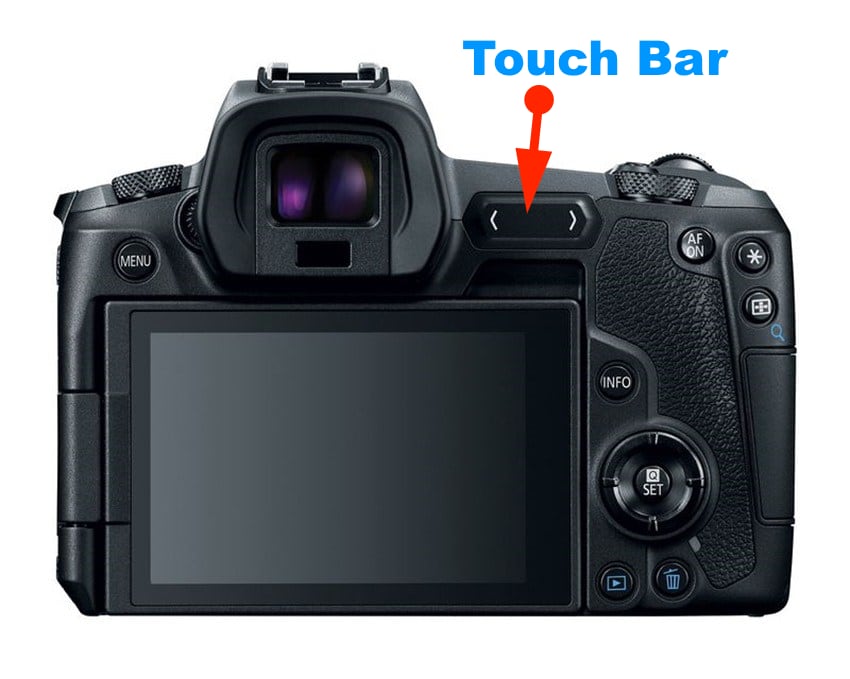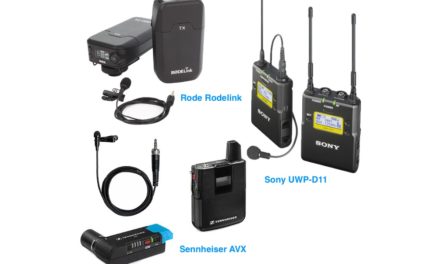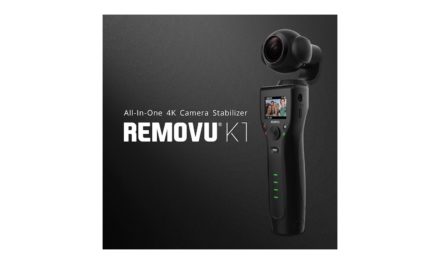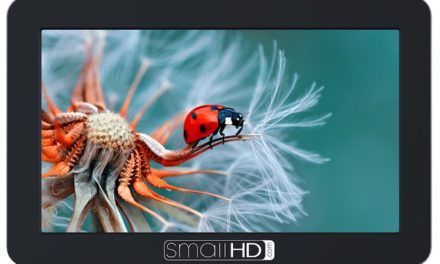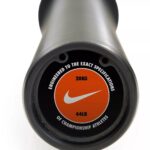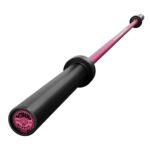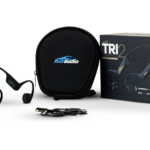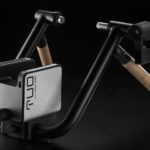
Canon EOS R Mirrorless Camera Review
BOOM and now Canon is jumping into the mirrorless game with the all new Canon EOS R Mirrorless Camera, but is it a little too late for the party? While companies like Sony, Panasonic and Fuji have been going gang busters in the mirrorless department, both Nikon and Canon are realistically just joining in.
Canon EOS R Mirrorless Camera Review
Prior to Canon announcing the release of the full frame Canon EOS R Mirrorless Camera, Canon users were forced into a difficult spot of choosing another manufacturer’s camera if they wanted a mirrorless body. I found myself in this exact situation at the beginning of the year and ended up selling all my Canon equipment to purchase into the Sony line of mirrorless cameras. My camera of choice right now is the Sony A7iii. It’s stellar performance and blazing autofocus while shooting video made it the perfect choice for product reviews.
While the Sony and Panasonic look a bit more futuristic, the Canon has the look of your typical DSLR and is in fact bulkier looking than the Nikon Z Series of cameras.
Canon EOS R Mirrorless Camera Fully Articulating Touch Screen
Vloggers rejoice. One thing that Canon did right was add the all wanting fully articulating touch screen. Are you hearing this Sony! Anyone who Vlogs knows that being able to see yourself as your shooting video can make a world of difference when aligning the shot and Canon didn’t disappoint.
Canon EOS R Mirrorless Camera | Under The Hood
The EOS R packs an impressive 30.3 megapixel full-frame CMOS sensor using a DIGIC 8 processor and stellar autofocus with a massive 5,655 selectable autofocus points. Considering the new New Nikon uses 493 points and Sony uses 693 AF points, Canon sort of leaves them longing. Whether this translates into better pictures is up for debate, but it should help the camera achieve stunning images when shooting sport events and high speed activities.
There are several autofocus modes including
- Face+Tracking AF
- 1-point AF **
- Expand AF area (Above, below, left and right)
- Expand AF area (Around)
- Zone AF
- Large Zone AF (Vertical)
- Large Zone AF (Horizontal)
Canon uses Approx. 88% horizontal by 100% vertical (Area size varies according to compatible lens)
Focus Control is achieved using Canon’s Phase-difference detection system with image sensor (Dual Pixel CMOS AF)
When in picture mode the Cameras high-speed continuous shooting is Approx. 8.0 fps and with Servo AF: Approx. 5.0 fps (shooting speed priority)
Canon EOS R Mirrorless Camera | RF Mount
Canon created a new mounting system for the EOS R, which consists of a 54mm diameter mount with a short back focus (20mm Flange Focal Distance). The RF mount is mounted just 20mm from the image sensor.
Like the Nikon Z series of cameras, Canon also had to create an adapter (EF-EOS R mount adapter) to mount EF and EF-S lenses.
Canon EOS R Mirrorless Camera | RF Lens
With Canon’s new EOS R new design, Canon had to engineer all new native lenses to work with the 54mm RF mount.
There are currently 4 lenses set for release including
- 28-70mm f/2
- 24-105mm f/4
- 50mm f/1.2
- 35mm, f/1.8
Owning a Sony 55mm f/1.8, I can image the Canon 50mm f/1.2 is going to be killer with those who love bokeh. F/1.2 is just plain sick.
The 24-105mm out classes both Sony and Nikon lenses in the f/4 category due to it’s reach.
If Canon could have made the 28-70mm f/2 a 24-70mm lens, that might have been the lens of all lenses for this camera. That said the 28-70mm is no joke and Canon photographers are going to love it.
Canon EOS R Mirrorless Camera | Lens Compatibility
Not wanting to leave long time Canon users out of the loop, the EOS R is backward compatible with most EF and EF-S lenses using the EF-EOS R mount adapter. Beyond lenses, Canon also has the EF-EOS R Control Mount Adapter and the Drop in Filter adapter.
Canon EOS R Mirrorless Camera | Touch Bar
Next to the viewfinder (EVF), Canon added a touch bar which Canon boasts will speed up user access to customized settings.
Canon EOS R Mirrorless Camera | Video Recording
The EOS R allows video recording in 4k (30fps), HD (120fps) and 1080 (up to 60fps). Other video modes such as Canon Log, 4:2:0 8-bit recoding and 4:2:2 10-bit video output over HDMI are also present. While the video recording options are good, nothing really stands out as mind blowing.
The big disappointment comes when shooting in 4K mode as Canon applies a 1.7 times crop factor. This of course means you will need a much wider lens than you normally would if you plan on vlogging a lot. From a photographer’s point of view this isn’t a big deal, but from a videographer’s point of view it is a let down. Comparing the EOS R against either the Sony (A7R III) or the Nikon (Z6), both win hands down simply because they don’t apply any crop factor. Canon stated that the crop factor was used to ensure the camera didn’t overheat, something that has been known to be an issue with Sony Cameras.
Canon EOS R Mirrorless Camera Product Specifications
HIGHLIGHTS
- It features a 30.3-megapixel sensor
- DualPixel AF
- 4K video
- Articulating Touchscreen (Vloggers Love these)
- Release date for the Canon EOS R is October with a price tag of around $2,299 for the body.
What’s not to like about Canon jumping into the Mirrorless market. With Nikon and Canon jumping in and Panasonic soon to release a full frame mirrorless camera, the market for used mirrorless equipment will be teaming with equipment at a much more reasonable price.
What Canon has going for it is a vast array of EF-Lenses and some really interesting lenses right out of the gate including a 28-70mm f2, the 24-105 f/4 kit lens and a 50mm f/1.2.
While the Video was a letdown, the auto-focus could really help this camera sell. Ah heck it’s a Canon Mirrorless, so of course it will sell.


